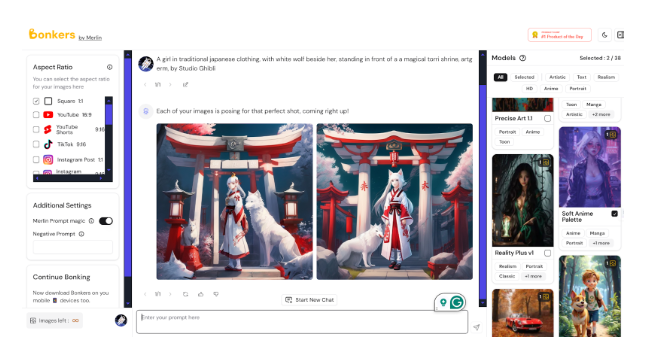Which Technologies are Used for Agile Estimating and Planning
Agile methodology has changed how parcel projects are managed by focusing on adaptability, teamwork as well as successive progress. Estimating and planning are important in agile, ensuring teams slant-type products on time and inside budget. Recent tech advancements have revolutionized this process, offering tools that make workflows smoother as well as meliorate accuracy, and encouraged collaboration. This Blog explores these technologies reshaping agile estimating and planning, and empowering teams to work more expeditiously and succeed in their projects. With these tech tools, agile teams with lumber takeoff service can optimize planning and slant value to stakeholders more than ever before.
Agile Project Management Tools
Agile learning direction tools were like the anchorperson for planning and estimating tasks. They were like an exchange hub where teams could work together, keep track of progress, and set what to do next.
Tools like Kira, Cello as well as and Adana were super common for this. Kira helps teams break down work into doable pieces called user stories, set criteria for what needs to be done as well as estimate how long tasks will take.
It’s great for planning sprints, which are short bursts of work, and it gives teams a periodic view of how things are going with customizable charts and reports. Cello is all about making task direction easy.
It uses a banyan board, which is like an appendage’s steamy note wall, to help teams see what needs to be done, what is in progress, and what is done. It’s actually optic and helps teams work together smoothly.
Adana is conciliatory and helps teams stay organized. It lets teams set priorities,’ keep track of tasks, and see when things need to be done. Plus, it has an Ameline view that shows learning schedules and connects with tools like Slack to keep communication flowing.
Collaborative Estimation Tools
Collaborative assessment is an important part of Agile planning, where teams work unitedly to justice how much exploitation each task or user story took. Tools like Planning Poker and online assessment platforms make this ferment easier and more engaging. Planning Poker tools, such as AgilePoker and ScrumPoker, add a fun twist to assessment by turning it into a game.
Team members unanimously voted on the complexity of each user story, leading to
a group consensus on the exploit needed. Aline assessment platforms like PlanningPoker.com and PointingPoker.com take this a step higher by providing realistic spaces for distributed teams to justify tasks remotely through CAD designing services.
They offer features like customizable decks and timers to check intact and blanket assessment sessions as well as irrespective of team location. Additionally, these cooperative tools are often integrated with Agile learn direction platforms.
This consolidation allows teams to seamlessly take estimated user stories into their learn backlog as well as streamline the planning and slaying process.
Forecasting and Predictive Analytics
Agile teams use data to prognosticate how long projects took, find where things might have slowed down, and make smart choices. Tools that foretaste and work data help with this. For example, tools like Forecast by Harvest and AgileMetrics.io look at past learning data to guess how long rising sprints and releases will take.
They use things like how fast the team works and how much work there is to do to make educated guesses, helping teams plan better. Other tools, like Agile Cockpit and AgileEVM, go even further.
They use fancy math to spot trends and problems in learning data. By looking at things like how long tasks take and how old they are as well as these MEP cost estimator tools help teams see effectiveness issues early on and fix them before they fit into big problems.
And to make things even easier, some forecasting tools worked right Inboard Agile learn direction tools. This means data stays fashionable and everyone can see how the learning is doing without switching between clear-cut programs.
Continuous Integration and Delivery CI/CD Pipelines
In Agile parcel development, CI/CD pipelines were like super helpers as well as automating the ferment of building, testing, and deploying code changes. This helps teams slant updates to customers quickly and swimmingly while perpetually learning and improving.
Tools like Jenkins, Circle, and GitLab CI/CD take care of the heavy lifting. They mechanically integrate, test as well as and deploy code changes across clear-cut environments.
By working with adjustment check and issue tracking tools, these platforms made sure changes were checked and deployed smoothly, saving time and reducing errors. For even smarter pipelines, teams use testing frameworks like Selenium and Unit.
These runs were tested mechanically to check if the code worked well and did not break anything. They give feedback quickly, so teams can fix problems early and keep the crossway reliable.
To keep everyone in the loop, CI/CD pipelines can be linked with Agile learn direction tools. This way, teams can see the stipulation of code changes and deployments right inside their learn direction setup.
Construction estimator helps everyone stay on the same page and makes sure growing and learning directions are working swimmingly together.
Conclusion
Estimating and planning were super-authorized for making parcel projects high in Agile teams. They help teams slant small chunks of value at a time and accommodate plans when things change. With tools like Agile learn direction software, assessment platforms where teams could work together, forecasting tools to prognosticate the next and CI/CD pipelines for mechanical testing and deployment, teams can plan best, make smarter decisions, and slant great products that customers love.
And as engineering keeps growing as well as Agile teams will keep getting elaborate tools to help them adapt and do even better in the fast-paced world of parcel development.




